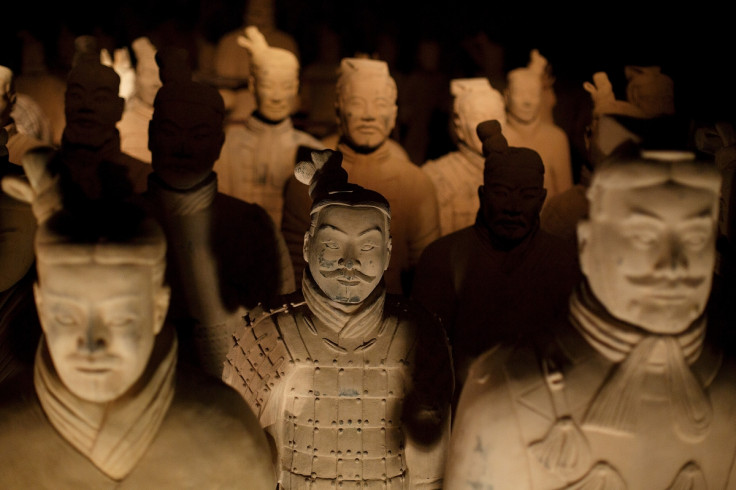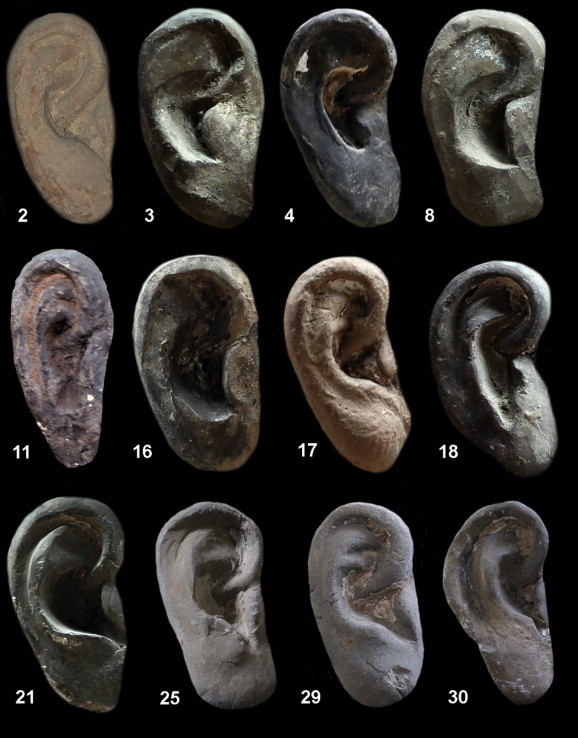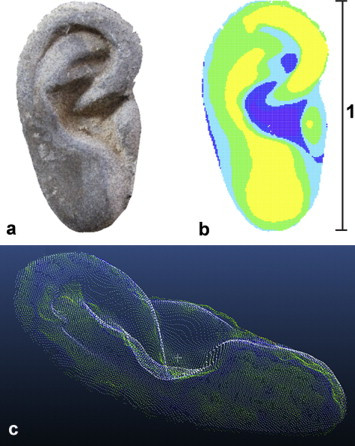China's Terracotta Warriors: Scientists Use 3D Imaging Technology to Help Solve Identity Mystery

Scientists are using 3D imaging to help them determine whether China's world famous terracotta warriors, discovered in the tomb of China's first emperor Qin Shi Huang, were actually modelled on individuals from his army.
Archaeologists and palaeontologists have taken to using the imaging technology in order to help them understand more about fossils, artefacts and ancient sites, according to Nature magazine.
The army of more than 8,000 terracotta soldiers, 130 chariots and 670 horses, discovered in 1974 by a group of farmers digging a water well to the east of Xi'an in the Shanxi province, lay hidden for more than 2,000 years at the foot of Mount Li (Lishan).
Were the terracotta soldiers real men?

Each of the terracotta warriors has a different expression and historians have debated, since their discovery, whether the soldiers' faces were modelled on actual people in Qin Shi Huang's army, or whether the sculptors randomly decided their facial features.
Now using imaging technology to create detailed 3D models of the terracotta soldiers, archaeologists will be able to study them without damaging them or disturbing the dig site.
Much of the first emperor's mausoleum complex remains closed as archaeologists do not yet have the right technology to preserve its contents.
"In the future, it's highly likely that these sorts of methods will be the standard thing you do to record an archaeological site," said Andrew Bevan, an archaeologist at University College London and part of the team on site.
So far, the faces of 30 warriors have been recreated using high-quality photos of each soldier taken from various perspectives.
Analysing artefacts using 3D models
When the images are fed into a computer, an algorithm can create a 3D map within just a few minutes, and the model can be used to make a cast with a 3D printer, or analysed and compared against other models.

The results of their initial study, entitled: "Computer vision, archaeological classification and China's terracotta warriors" is published in the Journal of Archaeological Science, and the researchers have found that no two ears are the same.
Next, they plan to analyse other anatomical features to see whether the terracotta soldiers bear any distinctive hallmarks of craftsmanship, or whether the figures vary in ethnicity.
In addition to analysing artefacts for clues, 3D imaging is also starting to play a larger role in education.
Virtual autopsy tables
Museums are starting to use the technology to digitally scan ancient Egyptian coffins and create virtual autopsy tables, whereby visitors can digitally unwrap each coffin on an interactive touch screen in order to learn more about how mummies were embalmed.
Medelhavsmuseet, the Museum of Mediterranean and Near Eastern Antiquities in Stockholm is currently working with the Interactive Institute Swedish ICT to create virtual autopsy tables using computed topography (CT) scans put together with 2D photos of the coffins and Autodesk Recap Photo software.
The British Museum has also previously worked with this technology, and you can explore the Gebelein Man digitally as part of the Ancient Lives exhibition, on now until 30 November.
© Copyright IBTimes 2025. All rights reserved.






















